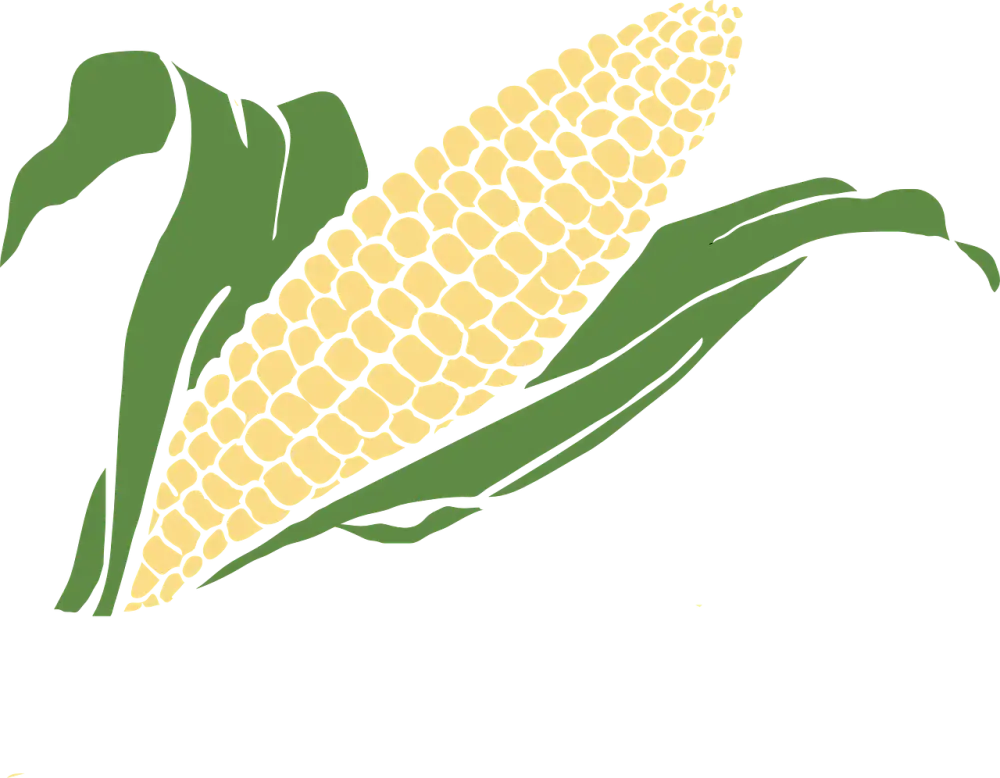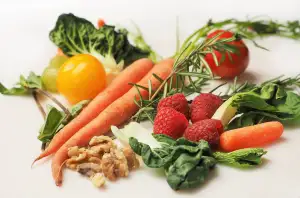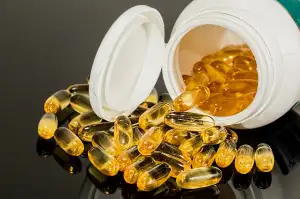Unlocking the Truth: The Health Effects of Eating Corn Starch Explained

- Understanding pica: a medical condition characterized by cravings for non-food substances
- Exploring the reasons behind consuming corn starch as a form of pica
- Potential health risks associated with eating corn starch
- Tips for managing and overcoming the urge to eat corn starch
- Seeking professional help and support for individuals with pica and corn starch consumption
Corn starch is a common ingredient used in cooking and baking, known for its ability to thicken sauces and soups. However, some individuals have developed a peculiar habit of consuming corn starch on its own. This behavior, known as pica, involves the persistent craving and ingestion of non-food substances. While pica can involve various substances, such as dirt or ice, the consumption of corn starch is particularly prevalent. In this article, we will explore the health effects of eating corn starch and delve into the underlying causes of pica.
Understanding pica: a medical condition characterized by cravings for non-food substances
Pica is a medical condition that involves an unusual craving for non-food substances. While it may seem perplexing to some, it is important to recognize that pica is a real disorder that can affect individuals of all ages. People with pica often have an intense desire to consume items such as dirt, clay, ice, and in some cases, corn starch.
The exact cause of pica is still not fully understood, but it is believed to be related to nutritional deficiencies or underlying mental health conditions. Some studies suggest that certain deficiencies, such as iron or zinc, may contribute to these cravings. Additionally, individuals with conditions like autism or obsessive-compulsive disorder (OCD) may also be more prone to developing pica.
It's crucial to differentiate between occasional cravings for non-food items and the persistent urge seen in pica. Pica can lead to serious health consequences if left unaddressed. Therefore, it's essential for individuals experiencing these cravings or those who suspect someone they know might have pica to seek professional help and support.
By understanding the nature of pica and its association with cravings for non-food substances like corn starch, we can better appreciate the importance of addressing this condition from both a medical and psychological standpoint.
Exploring the reasons behind consuming corn starch as a form of pica
Exploring the reasons behind consuming corn starch as a form of pica can shed light on this unusual behavior. Pica is often associated with nutritional deficiencies, such as iron or zinc, which can lead to cravings for non-food substances like corn starch. Additionally, some individuals may find comfort in the texture and taste of corn starch, using it as a coping mechanism for stress or anxiety. Understanding these underlying factors is crucial in addressing and managing this behavior effectively.
Potential health risks associated with eating corn starch
Potential health risks associated with eating corn starch include nutrient deficiencies and digestive issues. Corn starch lacks essential nutrients such as vitamins, minerals, and fiber, which are crucial for overall health. Consuming excessive amounts of corn starch can lead to imbalances in the body's nutrient levels, potentially causing deficiencies. Additionally, the high carbohydrate content in corn starch can disrupt digestion and lead to bloating, constipation, and other gastrointestinal problems. It is important to be aware of these risks and consider healthier alternatives for a balanced diet.
Tips for managing and overcoming the urge to eat corn starch
1. Identify triggers: Pay attention to situations or emotions that may trigger the urge to consume corn starch. Understanding these triggers can help you develop strategies to avoid or manage them.
2. Find alternatives: Instead of reaching for corn starch, try finding healthier alternatives such as fruits, vegetables, or whole grains. These options provide essential nutrients and can help satisfy cravings in a more nutritious way.
3. Distract yourself: When the urge strikes, distract yourself with activities that engage your mind and hands. Engaging in hobbies, exercising, or spending time with loved ones can divert your attention from the desire to eat corn starch.
4. Seek support: Talk to friends, family members, or support groups who understand your struggle with pica and can offer encouragement and guidance. Sharing your experiences can provide a sense of community and make it easier to overcome the urge.
5. Practice stress management techniques: Stress can often exacerbate cravings for non-food substances like corn starch. Incorporate stress-reducing activities into your daily routine such as meditation, deep breathing exercises, or yoga to help manage cravings.
6. Stay hydrated: Dehydration may intensify cravings for non-food substances. Ensure you drink enough water throughout the day to keep your body hydrated and reduce the desire to eat corn starch.
Remember, managing pica requires patience and determination. It's important to seek professional help if you're struggling to overcome this condition on your own.
Seeking professional help and support for individuals with pica and corn starch consumption
Seeking professional help is crucial for individuals struggling with pica and corn starch consumption. A healthcare provider can assess the underlying causes of pica and develop a personalized treatment plan. This may involve therapy, counseling, or medication to address any nutritional deficiencies or psychological factors contributing to the behavior. Support groups and online communities can also provide valuable support and guidance throughout the recovery process. Remember, reaching out for help is a brave step towards better health and overall well-being.
In conclusion, it is important to promote a healthy approach to managing pica and understanding the risks associated with consuming corn starch. While it may be tempting to indulge in this habit, it is crucial to recognize that eating corn starch can have detrimental effects on our health.
By educating ourselves about pica and its connection to cravings for non-food substances like corn starch, we can better understand the underlying reasons behind this behavior. It is essential to address any nutritional deficiencies or psychological factors that may contribute to these cravings.
To manage and overcome the urge to eat corn starch, individuals can try incorporating healthier alternatives into their diet, such as whole grains or fruits. Seeking professional help from healthcare providers or support groups can also provide valuable guidance and assistance in overcoming this habit.
Ultimately, by promoting awareness of pica and its associated risks, we can work towards creating a healthier relationship with food and ensuring our overall well-being. Let us strive for a balanced approach that celebrates freshness in every food creation while prioritizing our health above all else.
Published: 22. 12. 2023
Category: Health



